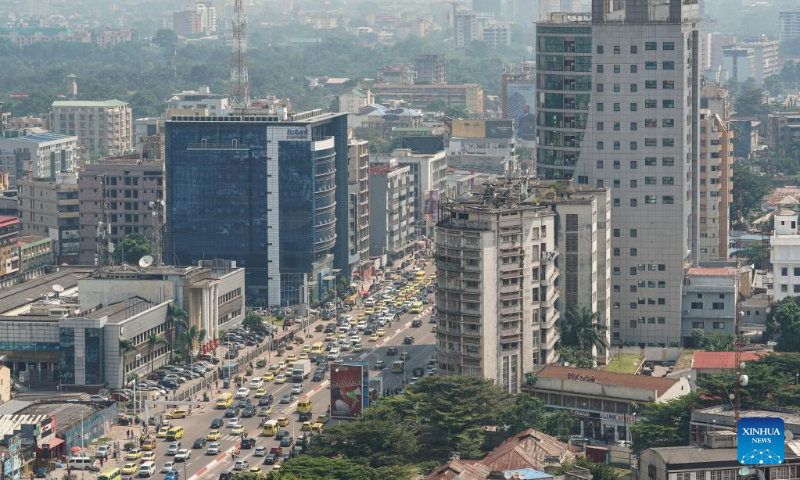- Home
- Switch to electric cars in The Democratic Republic of the Congo, how much are you saving?
Switch to electric cars in The Democratic Republic of the Congo, how much are you saving?
Electric vehicles (EVs) in the Democratic Republic of the Congo (DRC) are in the early stages of adoption, but there is growing interest in their potential as part of the country’s efforts to reduce greenhouse gas emissions and promote sustainable development. The DRC has vast renewable energy potential, especially from hydroelectric power, which could support the viability of EVs in the future. However, significant barriers remain, including high initial costs, limited charging infrastructure, and a lack of widespread public awareness about electric mobility. The country’s energy infrastructure is still underdeveloped, with many rural areas lacking reliable access to electricity, which makes establishing a nationwide EV charging network challenging. While urban areas like Kinshasa are beginning to explore EV-friendly infrastructure, the lack of widespread electricity access means that EVs are not yet practical for most of the population. Additionally, the high cost of EVs, in relation to the relatively low average income of many Congolese citizens, makes it difficult for most people to afford them. Despite these challenges, EVs offer long-term benefits such as reduced fuel and maintenance costs and the potential to contribute to the country’s environmental and economic development. If the DRC invests in renewable energy infrastructure, public awareness campaigns, and EV-friendly policies, the country could significantly reduce its dependence on imported fossil fuels and pave the way for a more sustainable transportation system.

| Aspect | Electric Vehicles (EVs) | Gasoline Vehicles |
|---|---|---|
| Energy Efficiency | Over 85% efficiency, meaning most energy is used for propulsion. | Lower efficiency due to heat loss in combustion. |
| Consumption (100 km) | 15 kWh (electricity) | 6 liters (gasoline) |
| Cost per 100 km | $1.77 (15 kWh × $0.118/kWh, DRC’s electricity price) | $7.20 (6 liters × $1.20/liter, estimated fuel cost) |
| Annual Cost (15,000 km) | $265.50 | $1,080.00 |
| Annual Cost (25,000 km) | $442.50 | $1,800.00 |
| Annual Cost (30,000 km) | $531.00 | $2,160.00 |
| Annual Cost (50,000 km) | $885.00 | $3,600.00 |
| Annual Cost (70,000 km) | $1,239.00 | $5,040.00 |
| Annual Savings (15,000 km) | $814.50 | – |
| Annual Savings (25,000 km) | $1,357.50 | – |
| Annual Savings (30,000 km) | $1,629.00 | – |
| Annual Savings (50,000 km) | $2,715.00 | – |
| Annual Savings (70,000 km) | $3,801.00 | – |
| Maintenance Costs | Lower: No oil changes, timing belts, or exhaust systems. | Higher: Requires regular oil changes and more mechanical upkeep. |
| CO₂ Emissions | Low emissions potential, depending on DRC’s renewable energy mix. | High emissions due to combustion of fossil fuels. |
| Government Incentives | Potential for future incentives as the government develops policies for EV adoption. | No special incentives. |
| Infrastructure Growth | Developing charging networks, especially in cities like Kinshasa; rural areas still underdeveloped. | Well-established fuel station network. |
| Energy Security | Reduces dependence on imported fossil fuels if electricity is sourced from renewables. | Dependent on global oil markets and price fluctuations. |
| Technology Evolution | Battery lifespan improving, with expected cost reductions. | Limited innovation in fuel efficiency, with stricter regulations on emissions. |
| Long-Term Viability | Key to DRC’s sustainable transportation future, especially with renewable energy. | Facing increasing environmental and regulatory constraints. |

